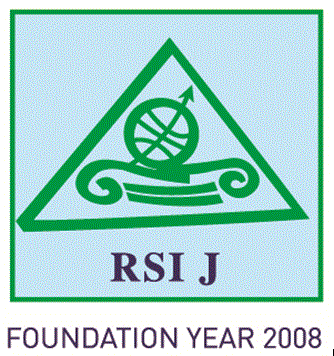Shicong XU
PhD candidate, Department of Agricultural, Environmental and Development Economics, Suite 250 Ag. Administration Building, 2120 Fyffe Rd, The Ohio State University, Columbus OH 43210, USA
Shicong.x@gmail.com
Abdoul G. SAM
Professor, Department of Agricultural, Environmental and Development Economics, Suite 250 Ag. Administration Building, 2120 Fyffe Rd, The Ohio State University, Columbus OH 43210, USA, Corresponding author
Sam.7@osu.edu
Abstract
China’s rise to the top echelons of the world’s economies was accompanied by an expeditious growth in domestic patent applications. Not surprisingly, this phenomenon has spawned a growing literature trying to sort out the determinants of patented research in China. However, mostly due to data limitations, many of the papers on this topic use aggregated innovation data at the industry, prefecture, or province levels. In this paper, we examine the empirical validity of important theories of knowledge spillover in the context of China at a micro-level, using a firm-level panel dataset comprised of publicly traded companies listed in the Shanghai and ShenZhen Stock Exchanges during the 2006-2010 period. Our study sheds light on whether locating near innovative firms increases patenting activity in general, regardless of the industry membership of these neighboring firms. We also explore how industry makeup, measured by the number of firms in the same or different industries, affects firm-level patenting activity. Our econometric results show that the number of patent applications by firms in close geographic proximity of a firm of interest has a significant and positive impact on that firm’s successful patent applications. In addition, we find that proximity to firms in the same industry reduces innovation while locating near firms from different industries stimulates innovation.
Keywords: patents, knowledge diffusion, MAR spillover, Jacobs spillover, China
JEL classification: O31, O32, O33, R12, D22
